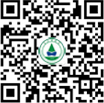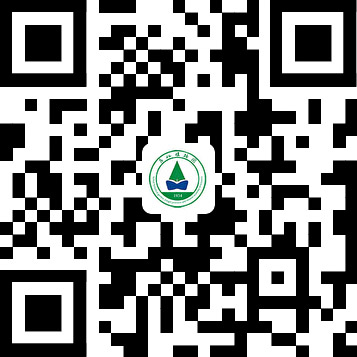Germination patterns of six herbs invading the Chinese subtropics
| 論文作者 | Arvind Bhatt *, L. Felipe Daibes, Xingxing Chen, David J. Gallacher |
| 刊物 | Global Ecology and Conservation |
| 標(biāo)識(shí)符 | 10.1016/j.gecco.2023.e02469 |
| 摘要 | Germination is a key step driving biological invasions. We evaluated germination patterns of six herbaceous species that commonly invade natural and agricultural regions of China. Seed fresh mass, shape, and water absorption were measured, and germination was tested under alternating day/night temperature regimes and light/dark treatments. Seeds of Amaranthus hybridus were physiologically dormant, exhibiting a low germination percentage (<20 %) under all treatments. Maximum germination of all other study species ranged from 56 % to 95 % in the light-exposed treatments, but optimal temperature requirement was species specific. For instance, Bidens frondosa seeds germination rate was highest (70 %) in warm treatments (25/35 and 35/40 ?C), while the rate for Dysphania ambrosioides was highest (>90 %) in cold treatments (10/20 and 20/30 ?C). Germination of the small-seeded Crassocephalum crepidioides and D. ambrosioides was reliant on light exposure, with nearly null germination in the dark. Seed morpho-physical traits may influence germination patterns of invasive herbs in Chinese landscapes. Observed dormancy may be related to seed after-ripening (or cold stratification) rather than the incubation temper- ature regimes, as could be the case of A. hybridus. Nevertheless, for most species the temperature regimes are key drivers of germination timing, determining the season of recruitment, enabling vasive species to avoid competition and to colonize and coexist in similar habitats rldwide. |
![]() Germination patterns of six herbs invading the Chinese subtropics.pdf
Germination patterns of six herbs invading the Chinese subtropics.pdf




